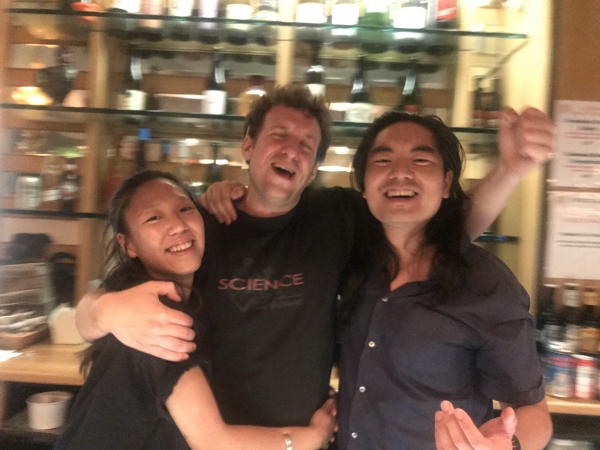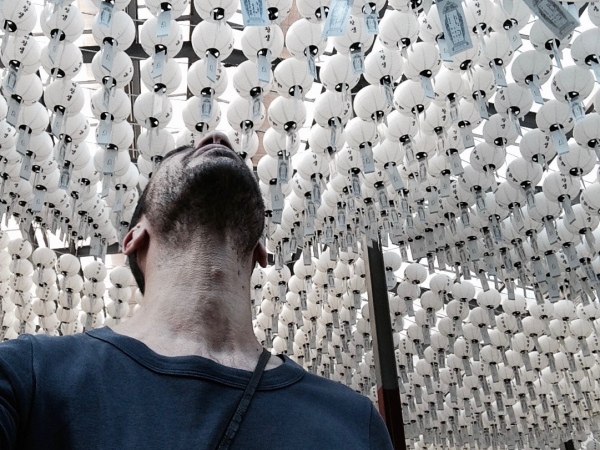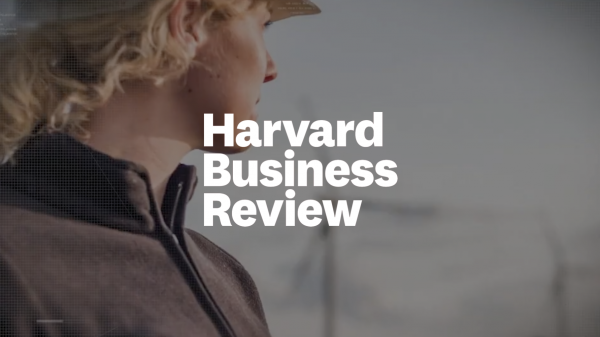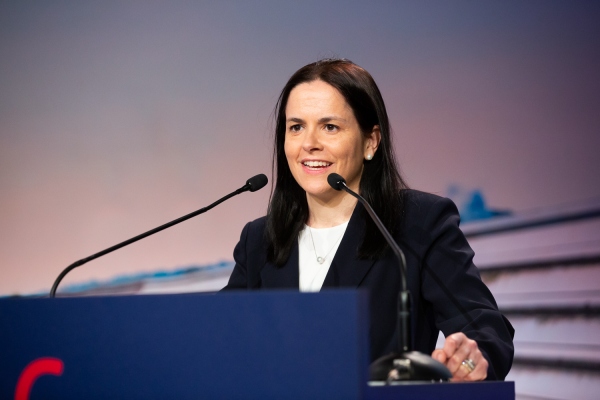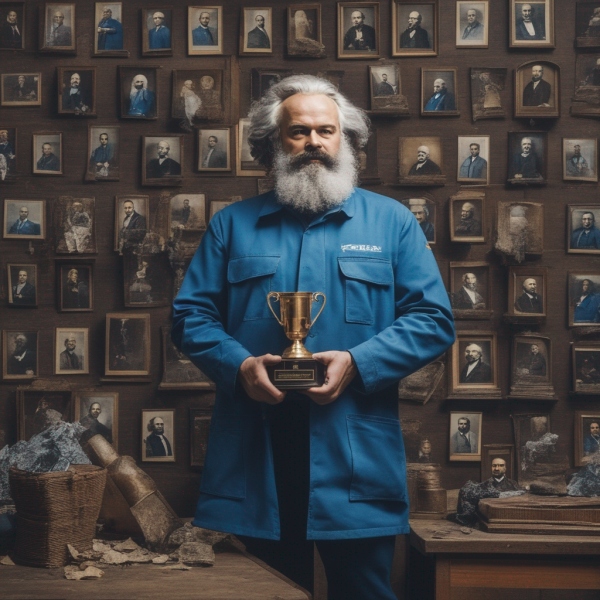Transformation
Organizational Design
Identify and implement the optimal structure that enables the organization to achieve its strategic objectives effectively.
Organizations are becoming increasingly complex, expansive, and specialized in response to social, environmental, and cultural disruptions. As a result, organizational models quickly become obsolete, leading companies into a continuous “restructuring race” in pursuit of an optimal design—one that enhances operational efficiency, advances strategic objectives, and preserves social cohesion.
Rather than advocating for a blank slate, organizational design offers a structured process of analysis, strategic reflection, and creative problem-solving. It provides a fresh perspective on organizational architecture, governance, workflows, communication models, and stakeholder dynamics—redefining the organization on a more resilient and sustainable foundation.
Your Challenges
- Aligning Organizational Structure with Strategy. Organizational structure must serve the company’s vision, mission, and strategic priorities—while also shaping them in return. Structuring work around a clear organizational identity and direction ensures alignment with stakeholder expectations, equipping the company to navigate ongoing disruptions such as AI-driven business models, Industry 5.0, and market volatility.
- Fostering a Culture That Enables Business and Talent Growth. Organizational dynamics define how people interact and shape company culture. A well-designed structure creates the conditions for engagement, professional fulfillment, and long-term commitment, empowering employees to contribute effectively to collective success.
- Enhancing Organizational Efficiency. Organizations are where collective action and work execution take shape. Effective organizational design ensures that structures, workflows, and business processes align with operational realities. By breaking down silos, optimizing workflows, and strengthening cross-functional collaboration, companies can increase agility, streamline execution, and drive higher performance.
Our Approach
We view organizations not as static frameworks to be overhauled, but as dynamic, evolving, and iterative systems that must be skillfully navigated and adapted.
- Assessing the Current State. We conduct a comprehensive analysis of your organization’s strengths, weaknesses, and structural inefficiencies, taking into account cultural dynamics, workflows, and stakeholder expectations. This diagnostic phase identifies key areas for improvement and opportunities for transformation.
- Uncovering the Invisible Architecture. Beyond formal structures and internal classifications, we examine the actors and their relationships, the formal and informal rules that shape behaviors, and the underlying values driving the organization. By leveraging this invisible architecture, we design structures that align with the needs of managers, employees, and the broader enterprise.
- Starting with the Desired Outcomes and Co-Creating the Future. We design your organization by focusing on the effects you aim to achieve—whether agility, cross-functional collaboration, or an engaging work environment. Together, we co-develop organizational charts, processes, governance frameworks, information flows, and role definitions, ensuring buy-in from key stakeholders.
- Embedding New Ways of Working. We support the implementation of innovative work practices, including co-determined decision-making, collaborative leadership, and digital transformation. Our approach is informed by cutting-edge organizational innovations, social science research, and biomimetic strategies inspired by natural ecosystems.
- Continuous Monitoring and Iterative Adjustments. Organizational transformation is a progressive process. We establish key performance indicators (KPIs) that integrate economic performance, employee satisfaction, and environmental impact, ensuring ongoing adjustments for sustained effectiveness.







